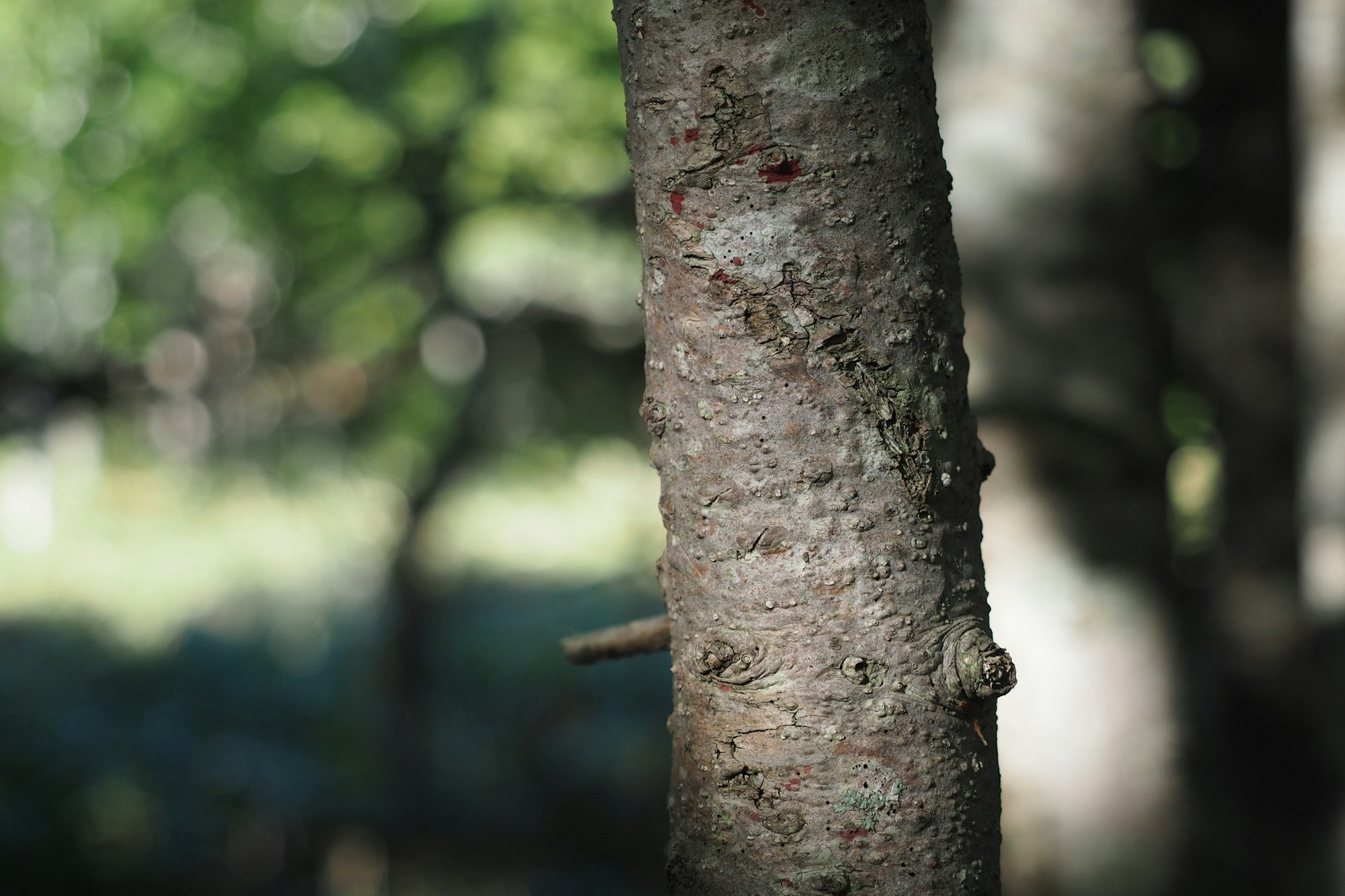Best Time to Visit Shiretoko: Weather & Seasons Guide

Best Time to Visit Shiretoko: Weather & Seasons Guide
Shiretoko, located on the northeastern tip of Hokkaido, Japan, is known for its pristine natural beauty and diverse wildlife. When planning a visit to Shiretoko, it's essential to consider the weather and seasons to make the most of your trip. The climate in Shiretoko is influenced by its northern location and the surrounding sea, resulting in distinct seasonal changes.
Weather & Seasons Overview
Shiretoko experiences four distinct seasons: spring, summer, autumn, and winter. Each season brings its own unique weather conditions and attractions. Here's what you can expect in each season:
| Month | Season | Humidity | Temperature | Sun Hours | Rainfall |
|---|---|---|---|---|---|
| January | Winter | Low | Cold | 2 hours | Low |
| April | Spring | Low-Moderate | Cool | 4 hours | Low |
| July | Summer | Moderate | Warm | 5 hours | Moderate |
| October | Autumn | High | Cool | 3 hours | Low-Moderate |
Spring (April - June)
Spring in Shiretoko is a beautiful time when the snow begins to melt, and the landscape starts to bloom. The temperatures are cool, making it perfect for hiking and exploring the national park. You may also spot various migratory birds during this season.
Summer (July - September)
Summer is the peak tourist season in Shiretoko, with warmer temperatures and longer daylight hours. It's an excellent time for boat tours to observe the abundant marine life, including seals and dolphins. The trails are open for hiking, and you can enjoy outdoor activities like kayaking.
Autumn (October - December)
Autumn in Shiretoko is characterized by vibrant fall colors as the leaves change hues. The weather starts to cool down, creating a pleasant atmosphere for exploring the national park. It's a great time for wildlife watching, as many animals prepare for winter hibernation.
Winter (January - March)
Winter in Shiretoko brings snow-covered landscapes and the opportunity for winter sports like skiing and snowshoeing. The temperatures can be cold, but the pristine beauty of the snowy scenery is worth the visit. You might even catch a glimpse of the elusive Ezo red fox in its winter coat.
